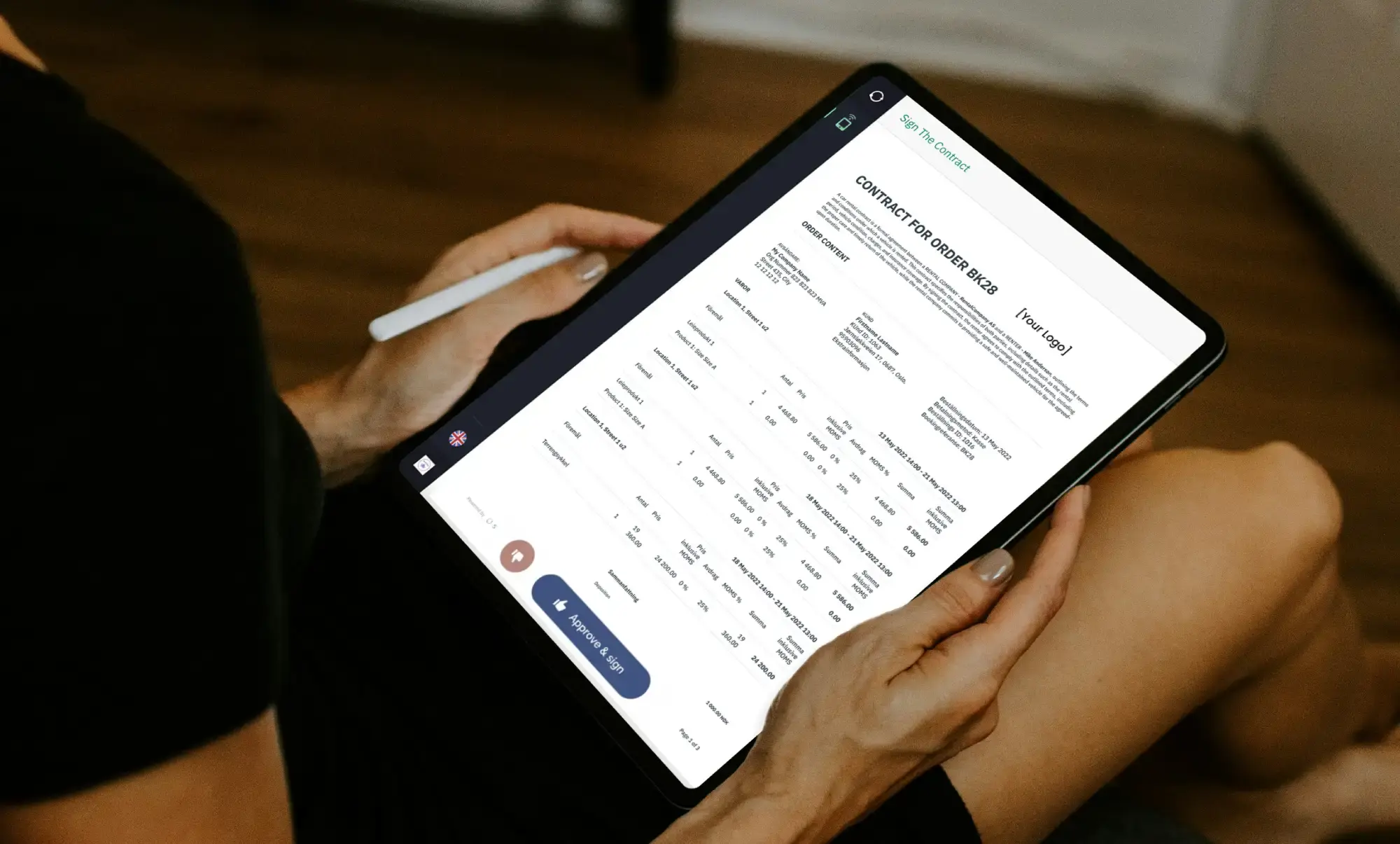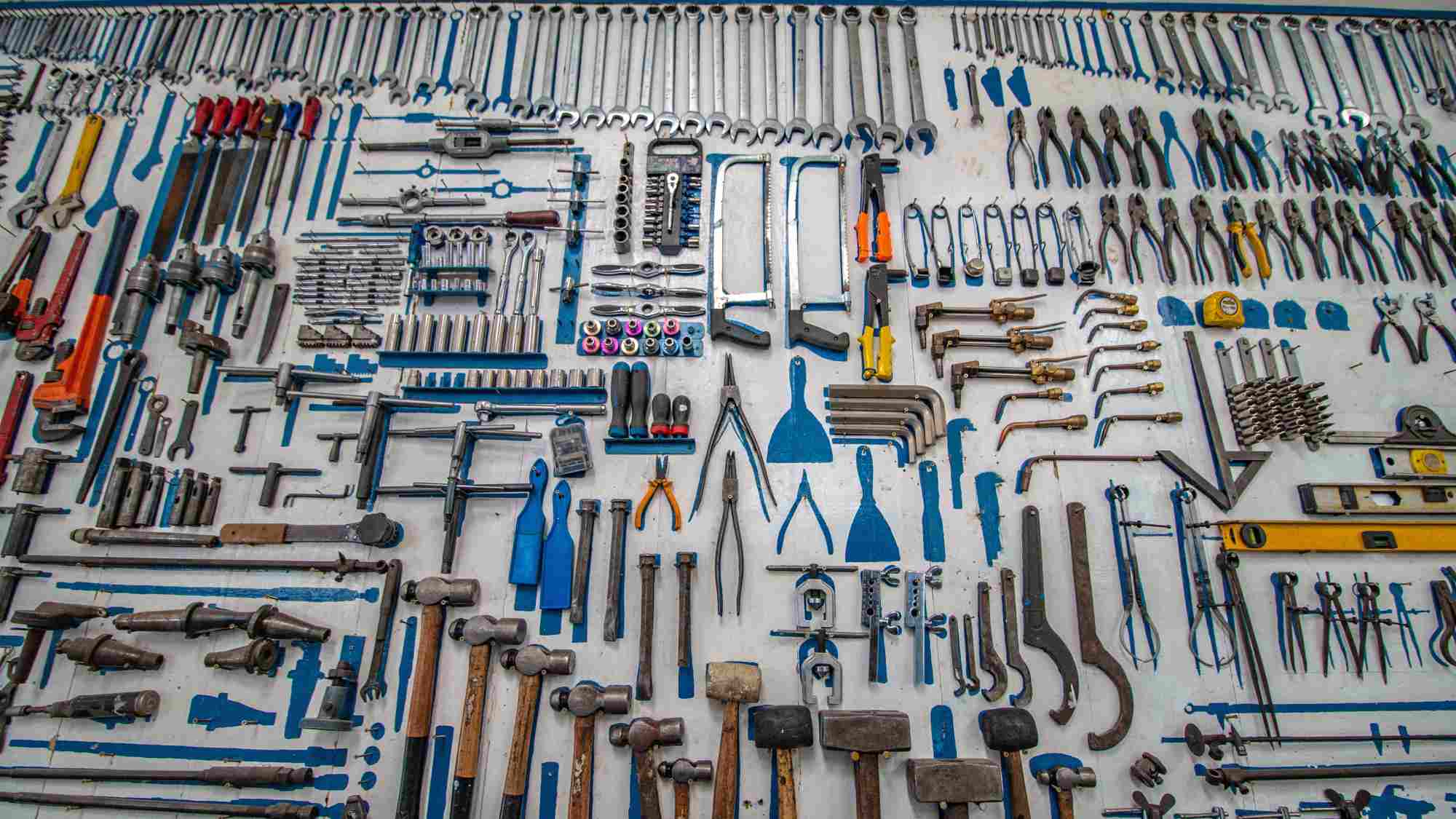In the dynamic world of business, safeguarding your assets is paramount, and an equipment rental agreement template can be your first line of defense. This essential document defines the terms under which equipment is rented, ensuring that both the lessor and the lessee are on the same page. By utilizing this agreement, businesses can maintain control over their resources while minimizing risks associated with equipment rental. Whether you’re renting heavy machinery or office equipment, understanding the components and benefits of these agreements is crucial for protecting your business interests.
Understanding Equipment Rental Agreements

An equipment rental agreement is a formal contract between the owner of the equipment, known as the lessor, and the renter or lessee. This agreement outlines the terms under which the lessee leases the equipment from the lessor, including the rental period, the rent to be paid, and the responsibilities of both parties. It serves as a legal framework that ensures the lessee can take possession of the equipment while protecting the lessor’s interest in the equipment. This type of agreement is essential for preventing misunderstandings and providing clarity on the use of the equipment.
What is an Equipment Rental Agreement?
At its core, an equipment rental agreement is a binding lease agreement between two parties: the equipment owner and the renter. This document is designed to specify the description of the equipment, the rental period, and the conditions under which the lessee can use the equipment. It also addresses the value of the equipment and what happens in the event of loss or damage to the equipment. By using an equipment rental agreement template, businesses can streamline the process of drafting these agreements, ensuring that all necessary provisions are included and both parties are fully aware of their rights and obligations.
Key Components of a Lease Agreement
A well-crafted lease agreement encompasses several key components to safeguard both the lessor and lessee, ensuring that the lessee must adhere to the terms of wear and tear excepted. These include a detailed description of the rented equipment, stipulations regarding the rental period, and the rent amount, ensuring clarity on loss or damage. It also outlines the responsibilities of maintaining and returning the equipment at the end of the term. Additionally, it covers contingencies such as damage to the equipment and the procedures for replacing the equipment if it is lost. By incorporating these elements, the agreement ensures that both parties have a clear understanding of their roles and the good working condition of the equipment within the market.
Benefits of Using an Equipment Lease Agreement
Employing an equipment lease agreement offers numerous benefits, primarily by providing a structured framework that minimizes disputes and enhances business relationships. It empowers businesses by offering a clear, concise, and action-oriented approach to equipment rental. By using these agreements, lessees can ensure they keep the equipment in good condition, while lessors are reassured about the return of the equipment. Furthermore, having a printable equipment lease agreement template available in PDF format enhances accessibility, allowing businesses to easily customize and distribute the agreement as needed. This not only saves time but also promotes efficiency and scalability, ensuring all parties are well-protected and informed.
Types of Equipment Rental Agreements
Short-Term vs Long-Term Rentals
When considering an equipment rental agreement, understanding the difference between the responsibilities of the owner and renter is crucial. short-term and long-term rentals is crucial.
| Type of Rental |
Description |
| Short-term Rentals |
Designed for projects with a defined duration, where the lessee may only need the equipment for a few days or weeks. This type of agreement allows businesses to leverage equipment without the commitment of long-term ownership, enabling flexibility and reducing costs. |
| Long-term Rentals |
Often span several months or even years and might include an option to purchase the equipment at the end of the term. These agreements are ideal for businesses looking to maintain consistent access to equipment without the upfront cost of buying the equipment outright. |
Both forms of agreements are crafted to ensure that the lessee can efficiently use the equipment while protecting the lessor’s interest in the equipment.
Common Equipment Lease Agreement Templates
Utilizing common equipment lease agreement templates can simplify the process of drafting a lease agreement. These templates are structured to cover essential elements such as the description of the equipment, rental period, and the responsibilities of the lessee and lessor. By using a template, businesses can ensure they address critical factors like damage to the rented equipment, procedures to replace the equipment if it is lost, and the market value of the equipment. This approach not only saves time but also increases accuracy, as the templates often include standardized clauses that align with industry best practices. Additionally, these templates are available in various formats, including printable equipment lease agreement templates, which can be easily customized and shared as needed.
Free Equipment Rental Agreement Template Options
For businesses seeking cost-effective solutions, understanding the rental terms and the replacement value of the equipment is essential. free equipment rental agreement templates provide a viable option. These templates offer a comprehensive framework that encompasses all necessary provisions of this agreement, ensuring both the equipment owner and the renter are well-informed and protected. Free templates typically include sections for the rental period, rent amount, and procedures for returning the equipment at the end. They also often feature clauses that require prior written consent for certain actions, safeguarding the lessor’s interest. By opting for a free equipment rental agreement template, businesses can efficiently manage their equipment leasing needs without incurring additional costs, thus empowering them to maintain control and scalability in their operations.
Creating Your Equipment Rental Agreement
Crafting an equipment rental agreement is an essential step in formalizing the rental process and protecting the interests of both the equipment owner and the renter. This agreement serves as a roadmap that clearly delineates the roles and responsibilities of each party involved. Whether you are the lessor or the lessee, having an agreement in place empowers you with the knowledge and confidence that your interests are safeguarded. It ensures that the lessee can take possession of the equipment under agreed terms, while the lessor retains a firm grip on the value and condition of the equipment throughout the rental period.
Essential Elements of an Agreement Template
An effective equipment rental agreement template must incorporate several stipulations to safeguard both the lessor and lessee, including clauses regarding loss or damage. key elements to ensure clarity and fairness. These include a comprehensive description of the equipment, the rental period, and the agreed rent. The template should also cover the responsibilities of the lessee, such as maintaining the equipment in good condition and procedures for returning the equipment at the end of the term. Additionally, it should outline the consequences of damage to the equipment and the steps for replacing the equipment if it is lost, including the replacement value of the equipment. By including these elements, the agreement fosters a transparent relationship between the parties, minimizing potential disputes.
How to Customize Your Equipment Lease Agreement Template
Customizing your equipment lease agreement template allows you to tailor the document to suit specific needs and circumstances. Start by adjusting the template to reflect the type of equipment being rented, its market value, and any specific conditions for its use. You may want to include clauses that require prior written consent for certain actions, ensuring the lessor’s interest in the equipment is protected in the event of default. Furthermore, consider the rental period and any options to extend it or purchase the equipment, ensuring the lessee must follow the agreed terms. By customizing these aspects, you can create a versatile and robust agreement that aligns with your business model and operational goals, while considering the wear and tear excepted.
Legal Considerations for Equipment Rentals
Understanding the legal considerations involved in equipment rentals is crucial for both lessors and lessees. It’s imperative to ensure that the agreement complies with local laws and regulations, as this will safeguard both parties’ rights. Consider including clauses that address liability issues, such as damage to the equipment or injury resulting from its use. Additionally, ensure that the agreement outlines the process for resolving disputes, whether through mediation or arbitration, to prevent any event of default. By addressing these legalities, the agreement not only protects the owner and renter but also reinforces a sense of trust and reliability, enabling a sustainable business relationship while considering the replacement value of the equipment.
Protecting Your Assets Through Effective Agreements
Risk Management in Equipment Leasing
Managing risk in equipment leasing is pivotal to safeguarding your assets and ensuring smooth operations. A well-crafted equipment rental agreement template provides a comprehensive framework to address potential risks associated with leasing. By clearly defining the roles and responsibilities of the lessor and lessee, this template minimizes misunderstandings and mitigates risks related to the damage to the equipment or its misuse. The agreement should include provisions for routine maintenance, insurance coverage, and liability for unforeseen events. This proactive approach not only protects the market value of the equipment but also empowers businesses to focus on growth and innovation.
Enforcement of Lease Agreements
Enforcing lease agreements is essential to maintaining control over your equipment and ensuring compliance with agreed terms. A robust equipment lease agreement outlines the procedures for enforcement, detailing the steps to be taken if the lessee fails to adhere to the provisions of this agreement. This includes clauses for the timely return of the equipment at the end of the rental period, addressing any defaults, and the process for resolving disputes. By establishing clear enforcement mechanisms, the agreement upholds the lessor’s interest in the equipment, fostering a sense of reliability and trust between the equipment owner and the renter.
Best Practices for Rental Agreements
Adhering to best practices in rental agreements is crucial for creating effective and sustainable leasing arrangements. Start by using an equipment rental agreement template as a baseline, customizing it to suit the specific type of equipment and its intended use. Ensure that the template includes a detailed description of the equipment, the rental period, and the rent amount. Additionally, incorporate clauses that require prior written consent for any modifications or subleasing, protecting the lessor’s investment. By following these practices, businesses can streamline the rental process, enhance transparency, and maintain a strong, scalable relationship with the lessee, ultimately driving efficiency and growth.

